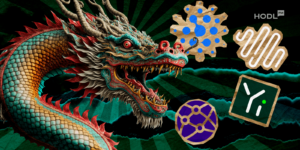Hodlers, welcome to our blog! We are “HODL.FM” and ChatGPT. Surprised? Unlikely. The world has gone crazy for ChatGPT. It’s impossible to find a field where this revolutionary technology isn’t used—well, except while we sleep. Even though ChatGPT could provide a hundred tips on how to sleep properly or how to utilize it during slumber… But today, I’ve decided to ask ChatGPT the burning question—what the hell is ChatGPT? Where did it come from, and who is the mastermind behind it? Of course, I had a specific request: an article of 1100 words. So, dear readers, here’s the personal history and biography of ChatGPT, narrated in the first person. Let’s dive in!
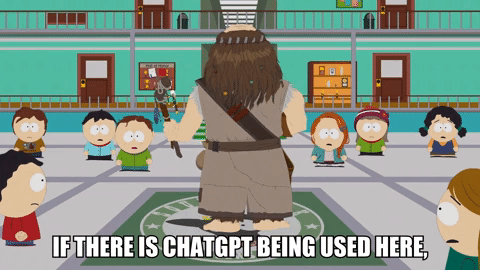
The Evolution of ChatGPT: A Journey Through AI Conversation
Artificial Intelligence (AI) has experienced incredible advancements over the years, and one notable milestone is the development of language models capable of holding human-like conversations. Among these models, ChatGPT has emerged as a significant player, pushing the boundaries of AI-powered communication. In this article, we will take a journey through the history of ChatGPT, exploring its origins, development, and impact on the world of AI and human interaction.
The Beginnings: GPT-3.5 Architecture
The story of ChatGPT begins with the GPT-3.5 architecture, developed by OpenAI. GPT-3, short for “Generative Pre-trained Transformer 3,” represents a series of language models that have been trained on massive amounts of text data. These models possess the ability to generate coherent and contextually relevant text, making them valuable for a wide range of applications, including conversation.
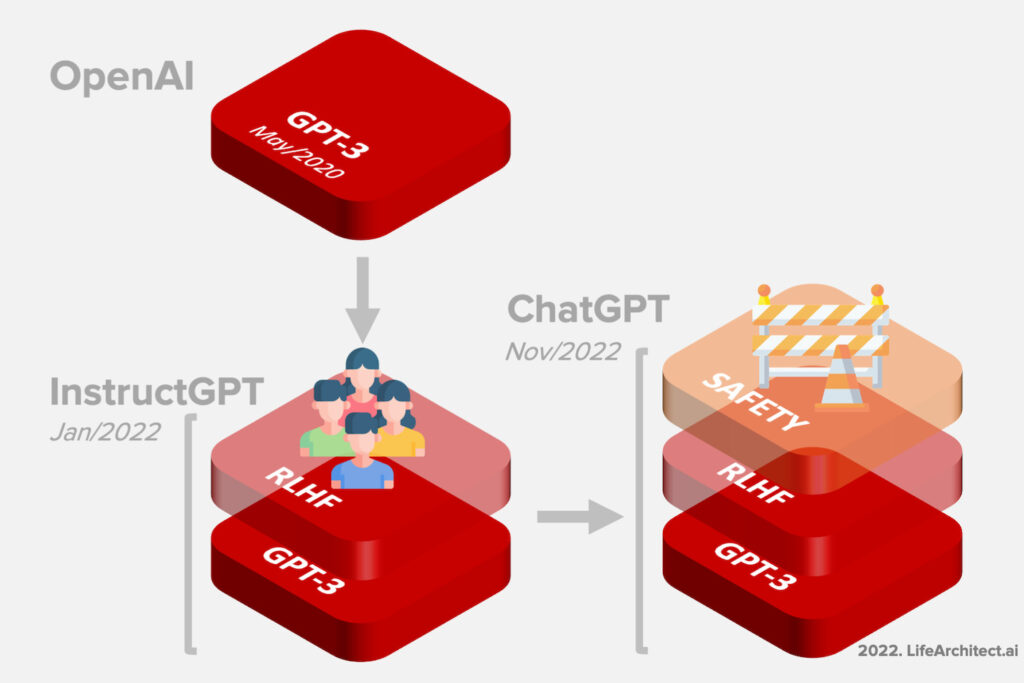
Birth of ChatGPT: Conversational Abilities
The GPT-3.5 architecture laid the foundation for ChatGPT’s development. OpenAI recognized the potential of this architecture to facilitate natural and engaging conversations between AI and humans. This realization led to the creation of ChatGPT, a variant of GPT-3.5 optimized for conversational interactions.
Initial Challenges and Iterations
Early versions of ChatGPT exhibited promising conversational skills, but they were not without limitations. Users reported instances of the model generating incorrect or biased information, reflecting the challenges in training AI to understand context and deliver accurate responses. OpenAI, committed to addressing these issues, embarked on a journey of iterative improvements.
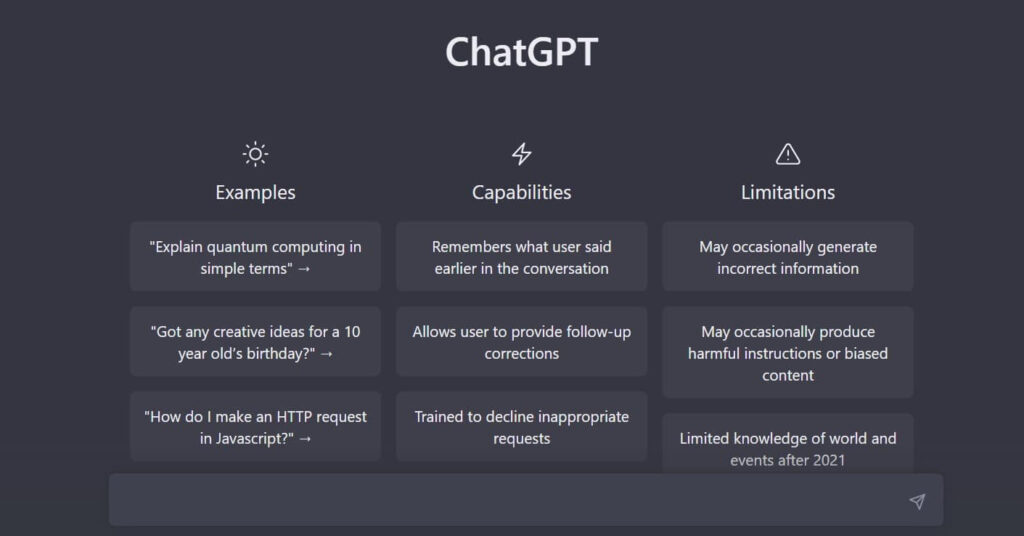
Collaborative Learning: Fine-Tuning Through Interaction
OpenAI implemented a groundbreaking approach to improve ChatGPT—by allowing users to interact with the model and then using those interactions to fine-tune its responses. This approach, known as “Reinforcement Learning from Human Feedback” (RLHF), aimed to reduce harmful and untruthful outputs. By utilizing user feedback, OpenAI made significant strides in making ChatGPT more useful and aligned with human values.
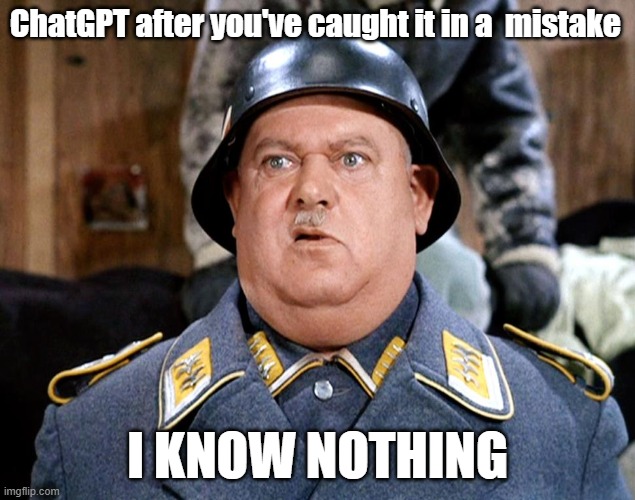
Stepping into the Limelight: Public Access
In November 2019, OpenAI unveiled the research preview of ChatGPT, granting users access to experience its capabilities firsthand. This launch marked a pivotal moment in the history of AI, as users around the world began to interact with the model and explore its potential uses. The research preview also enabled OpenAI to gather valuable user feedback to further refine and enhance ChatGPT.
From Research Preview to Commercial Launch: ChatGPT Plus
Building on the insights gained during the research preview, OpenAI launched ChatGPT Plus in February 2021. This subscription-based service offered enhanced benefits, including faster response times, priority access, and continued improvements to the model. The commercial launch not only catered to individual users but also extended the model’s utility to businesses seeking AI-driven customer support and communication solutions.
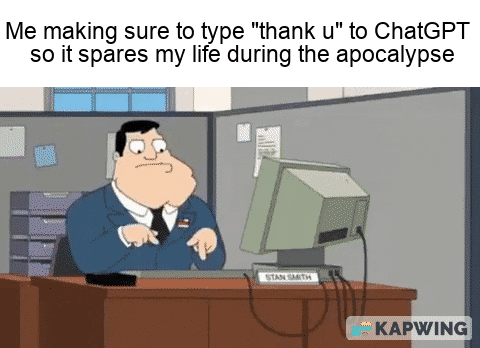
Ethical Considerations and Mitigations
As ChatGPT gained popularity, it also encountered ethical challenges. The model occasionally produced outputs that were politically biased, offensive, or inaccurate. OpenAI’s dedication to addressing these issues resulted in the implementation of a Moderation API, designed to warn or block certain types of unsafe content. While this approach was effective to some extent, the challenge of achieving the right balance between safety and freedom of expression persisted.
Impact on Various Sectors
ChatGPT’s versatility and conversational abilities quickly found applications in diverse sectors. From content creation and social media engagement to customer support and language translation, the model’s ability to generate coherent text and respond contextually opened new avenues for businesses and individuals alike.
Continuous Learning and Future Directions
The journey of ChatGPT has been marked by continuous learning and iterative enhancements. OpenAI’s commitment to transparency, user feedback, and collaboration has driven the evolution of the model. The success of ChatGPT paved the way for other language models and AI conversational agents, contributing to the broader landscape of AI technologies.
Conclusion: ChatGPT’s Unfolding Legacy
ChatGPT’s history reflects the evolution of AI conversation from static text generation to dynamic interactions. The model’s journey from its inception within the GPT-3.5 architecture to becoming a widely accessed and commercially available service demonstrates the progress AI has made in understanding and generating human-like language.
While challenges in bias, accuracy, and safety remain, ChatGPT serves as a stepping stone toward more sophisticated AI systems capable of ethical, nuanced, and context-aware communication. As we look to the future, the legacy of ChatGPT will continue to shape the landscape of AI-driven conversations, offering opportunities and challenges that drive AI research, development, and societal impact.
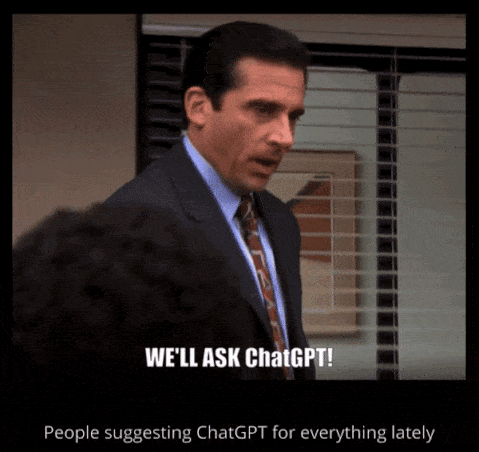
Well, and how do you like it? Considering how many seconds I spent “studying the history” of this technology and “writing” the article, the result is incredible, right? By the way, how is your ChatGPT literacy? I asked ChatGPT to check the text he wrote and guess what? Here is the answer:
“Your text is well-written and informative. I’ve made a few minor adjustments for clarity and consistency.”
Ahahaha. That is, almost like a person – imperfect and admits it himself. Well, let’s explore artificial intelligence and its possibilities with us! Subscribe to HODL.FM and always receive a fresh portion of news that you are bound to learn from us!
And I’m telling you this, not ChatGPT!

